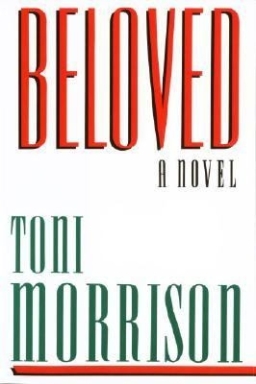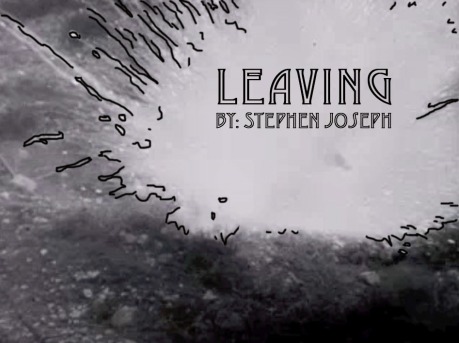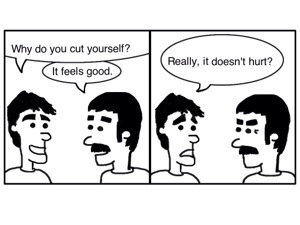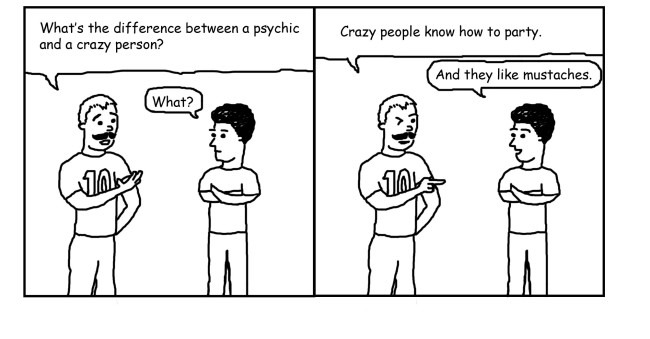I turned 30 recently, which prompted much life reflection, introspection and despair. Really, it’s not so bad. My childhood years were filled with wonder and play. My teenage years were riddled with angst, questioning and sarcasm. My twenties were a time for debauchery, wandering adventures and self discovery. I expect my thirties to build on the wisdom I’ve gained as a young adult and give me the opportunity to contribute to a community in a positive way. Whatever happens in the future, I’d like to take the time now to reflect on a life of books. 30 years and 30 books of influence. The following list occurs in the order they affected me, from youngest to present time.
1. Happy Birthday, Moon By Frank Asch
As a child I found this book enchanting. The illustrations seemed to illuminate from the page. I read this book repeatedly transfixed by the powers of imagination.

2. Calvin and Hobbes by Bill Watterson
This comic strip’s mischievous playfulness delighted my sense of adventure when I was a kid. As an adult I appreciate its philosophical and ethical commentary on the human condition.
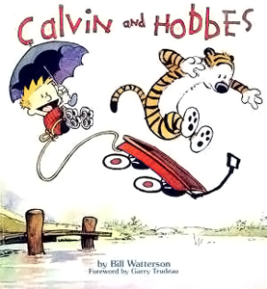
3. A Clockwork Orange by Anthony Burgess
This is such a deranged novel. Set in the near future where society is shaped by an extremely violent youth culture, it is narrated by a teenage anti-hero. It is completely inappropriate reading material for a middle school student. My teachers were probably worried.
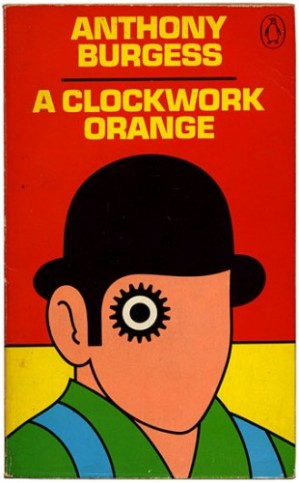
4. The Republic by Plato
The foundation for any serious discussion on justice.
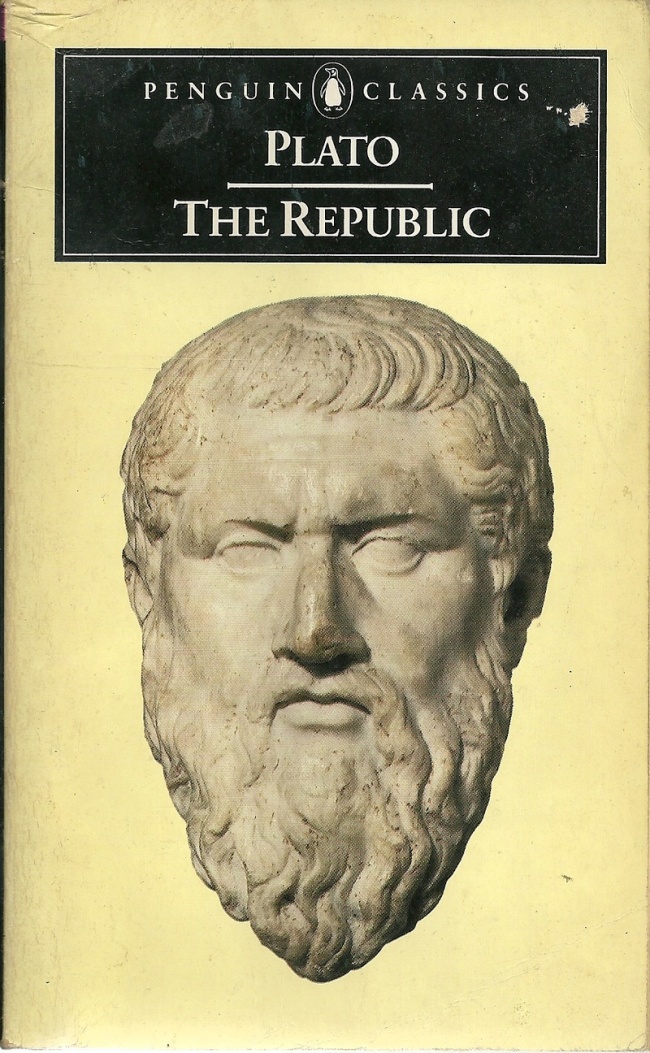
5. The Stranger by Albert Camus
Camus never accepted the label “existentialist.” But because he preferred being called an “absurdist,” it is only fitting that his most famous work is almost always associated with existentialism. Such is the struggle to find meaning in a meaningless world.

6. Crime and Punishment by Fyodor Dostoevsky
A deeply profound and disturbing Russian masterpiece. A text to be reckoned with.
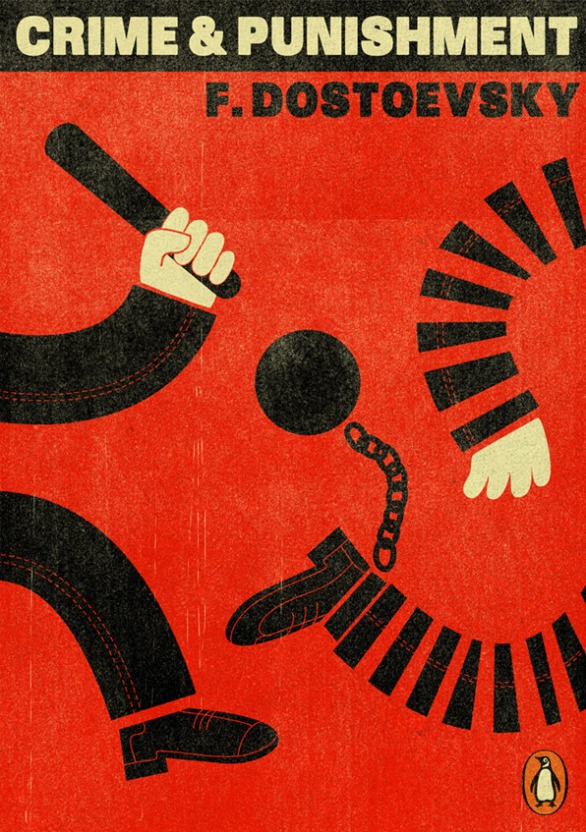
7. On The Road by Jack Kerouac
A book that never yawns or says a commonplace thing, but burns, burns, burns.

8. Howl by Allen Ginsberg
Poetry that rattled my bones and opened my mind. The beauty and anguish captured in this rambling verse is remarkable.

9. Fear and Loathing in Las Vegas by Hunter S. Thompson
The bizarre descriptions of demented hallucinatory confusion and the honest perverseness of this book made me laugh out loud. “When the going gets weird, the weird turn pro.”

10. Ishmael by Daniel Quinn
A simple book with a simple question: do you want to save the world? Telepathic gorilla aside, there are some heavy topics about the evolution of civilization brought to light in this meditative novel.

11. A People’s History of the United States by Howard Zinn
American history 101. I graduated high school a semester early and spent my time working and reading. This book made up for the shortcomings of my high school history education.

12. Killing Hope: U.S. Military and C.I.A. Interventions Since WWII by William Blum
I was and still am a big fan of the band Rage Against the Machine. In the liner notes to their album Evil Empire this book appears among a sprawl of other counter-cultural books. I considered the liner notes my curriculum for radical thinking. This book blew my mind and still serves to frame the way I look at the world today.

13. The Teachings of Don Juan: A Yaqui Way of Knowledge by Carlos Castaneda
I was fortunate to have an avid reader for a father who grew up during the ‘60s. He introduced me to this book and many others. This book is as much of a spiritual journey as it is an intellectual exercise. Serendipitously, I met the love of my life in Boulder, CO who happened to be reading this same book at the time (at 18 years of age, my only peers who had heard of it were ones I told).
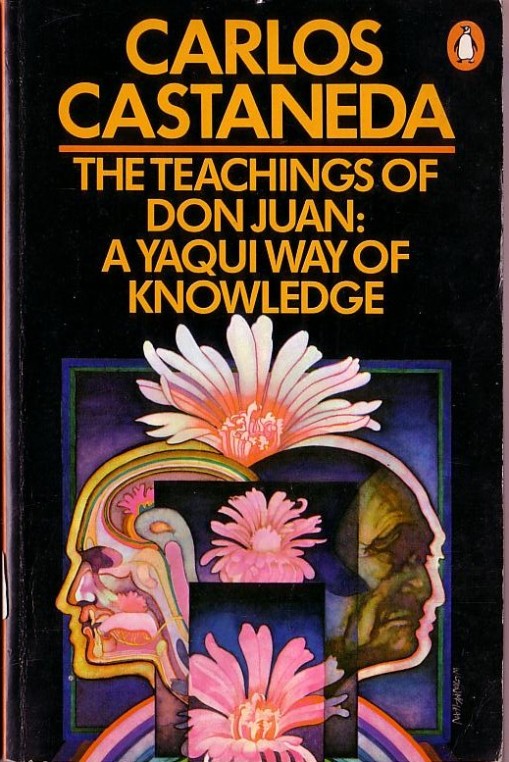
14. The Electric Kool-Aid Acid Test by Tom Wolfe
Sex, drugs and rock and roll embodied the Merry Prankster attitude. This book is about a bunch of free thinking hippies, led by Ken Kesey – fresh from the success of One Flew Over the Cu Coo’s Nest. They painted a bus in psychedelic day-glo colors and crisscrossed America pontificating the gospel of LSD. At times tragic and hilarious, the book is a portrait of a culture with infinite optimism.
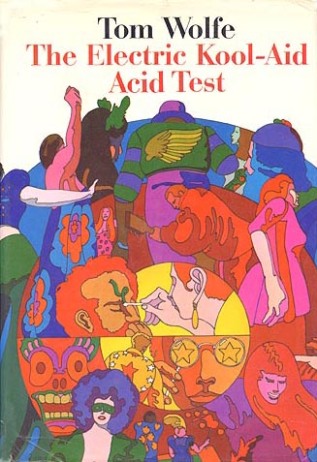
15. Hamlet William Shakespeare
Classic philosophical tragedy. Shakespeare set the bar high.

16. Bound For Glory by Woody Guthrie
This is Guthrie’s hyperbolic autobiography that reads at the speed the man lived. Great stories and endearing characters open the reader up to the charisma Guthrie was known for.

17. Frankenstein by Mary Shelley
When I read that this book was the result of a bet between Mary Shelley, her husband and other literary figures to see who could write the scariest story, I thought, yea, that is kind of cool. She won the bet of course. You can’t grow up in an environment of pop culture without being familiar with this story. However, it took a college course to force me to actually read the book. I am happy I did. It is an affecting book about the dangerous possibilities of science and the ethical implications inventors must wrestle with.
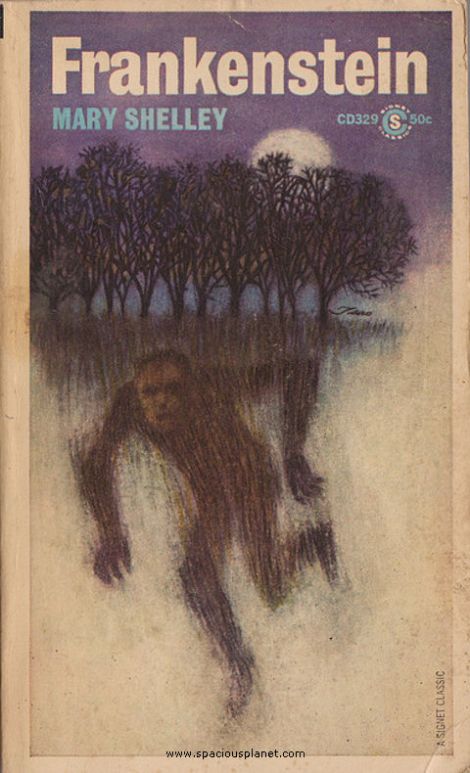
18. The Things They Carried by Tim O’Brien
This is a fictional account of Vietnam by a Vietnam veteran. Quizzically, the book is dedicated to its fictional characters. Throughout the narrative O’Brien discusses the blurred line between truth and fiction. Disjointed stories echo into one another. Nightmarish episodes explore the human heart and weigh the torment of those things people carry throughout their lives.

19. The Amazing Adventures of Kavalier and Clay by Michael Chabon
Chabon writes with such creative flare. His use of figurative language, character development and pacing is expert. Reading this book is like stepping into another world, which of course is what all good fiction strives to do.

20. White Noise by Don DeLillo
This is an amazing commentary on the social and emotional state of America in the 20th century. I wonder what changes DeLillo would have to make if he rewrote it for the 21st century? In the book families are disconnected, dysfunctional and afraid of non/imaginary threats. Right, he wouldn’t have to change a thing.

21. Grapes of Wrath by John Steinbeck
If I had to pick a favorite book I would say that I don’t have a favorite book. But if I were pressed to name a book that could be my favorite I would say that it would depend on my mood and what book I was reading at the time. Then, eventually, by default I’d name “Grapes of Wrath.” I had a friend that wanted to name his band Rosasharn’s Milk. His band mates declined. They must have been illiterate.

22. Siddhartha by Herman Hesse
Simple, profound and worth reading annually.

23. 1984 by George Orwell
“War is peace. Freedom is slavery. Ignorance is strength.” Orwell was a brilliant writer. He envisioned the dystopian world that to some extent, we now live in. Beyond the big ideas, the love story at the center of this book is devastating.

24. The Unbearable Lightness of Being by Milan Kundera
Kundera opened my mind to the poetic power of the vignette. He weaves brief philosophical musings, erotic encounters and intimate secrets together, which form a brutally honest portrait of the human condition.

25. A Joseph Campbell Companion by Joseph Campbell
Joseph Campbell is known for his academic writings about myth and the power of metaphor. This book highlights his collective insights, dispensing nuggets of wisdom.
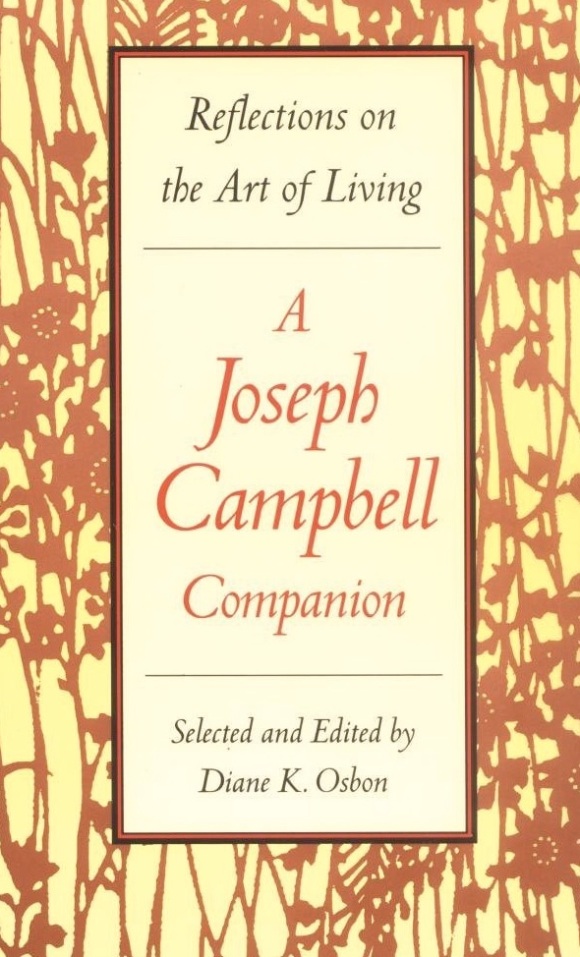
26. The Road by Cormac McCarthy
McCarthy’s sparse prose in this epic vision of a post-apocalyptic world is absolutely haunting. Its realism is tragic. Its thematic symbolism is spectacular. This is the story of a nameless father and son who makes their way to the coast after an unspecified catastrophic event has set the world back to year zero. A parable of the 21st century.

27. The Watchmen by Dave Gibbons and Alan Moore
Who watches the watchmen? This graphic novel is the stuff of mythic proportions.

28. Portrait of the Artist as a Young Man by James Joyce
Words to live by – “I will not serve that in which I no longer believe, whether it calls itself my home, my fatherland, or my church: and I will try to express myself in some mode of life or art as freely as I can and as wholly as I can, using for my defense the only arms I allow myself to use — silence, exile, and cunning.”

29. The Adventures of Huckleberry Finn by Mark Twain
Hemingway said it best – “All modern American literature comes from one book by Mark Twain called Huckleberry Finn. American writing comes from that.”

30. Beloved by Toni Morrison
This novel pushes the boundaries of the art form. It opened me to the possibilities of brutality and beauty. Reading it is like staring into the abyss of slavery and having the abyss stare back.
